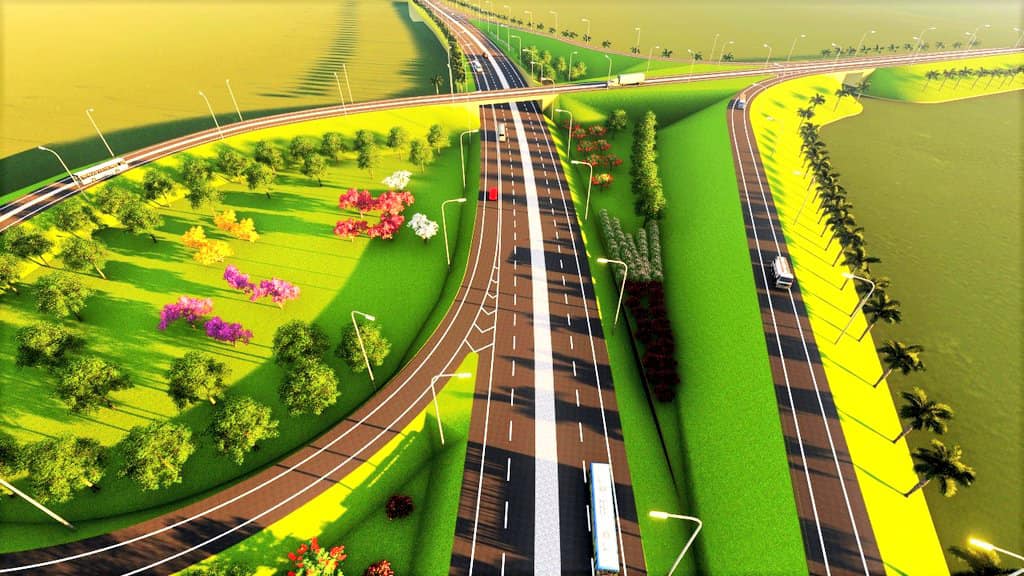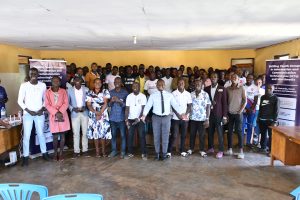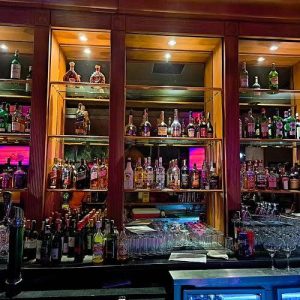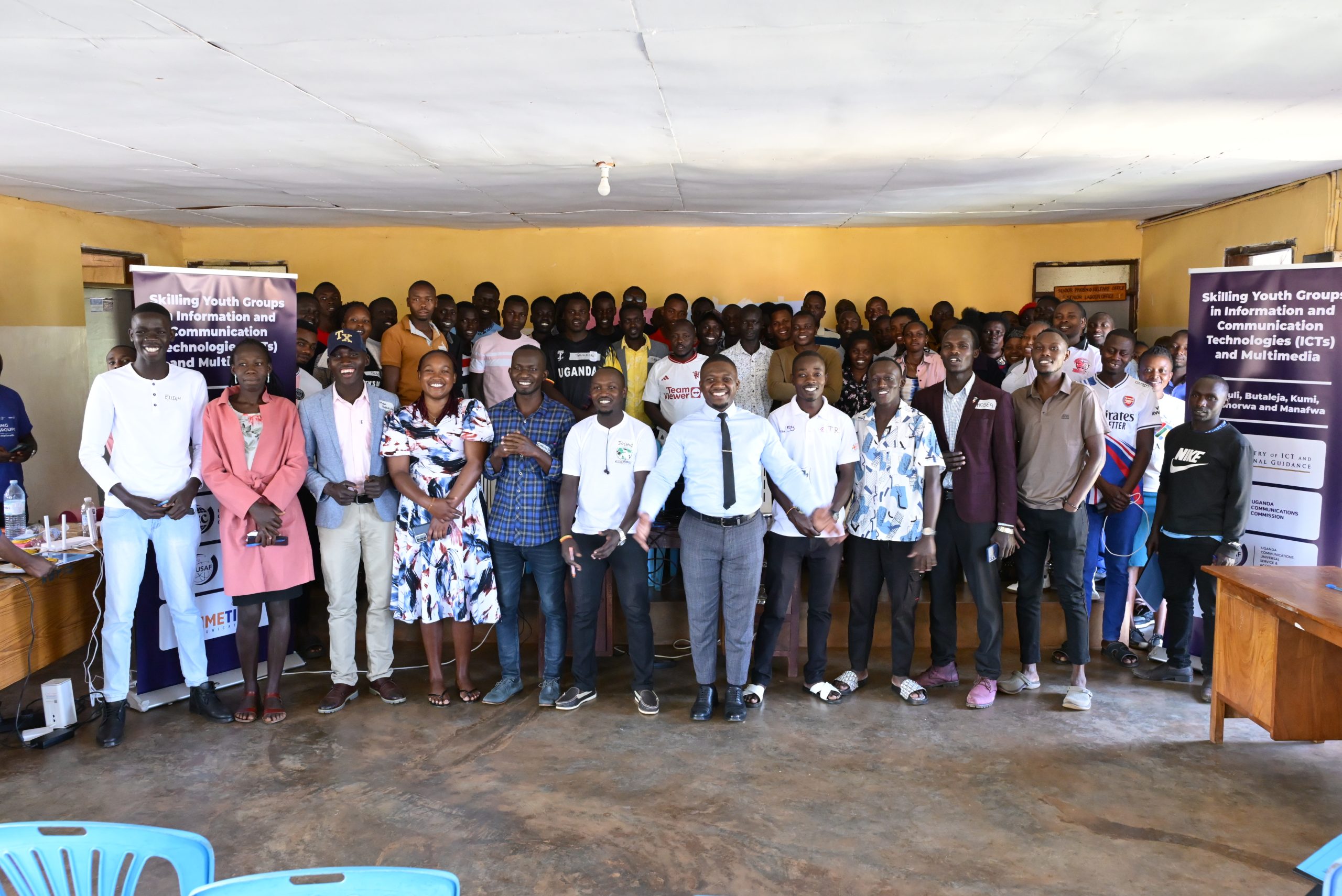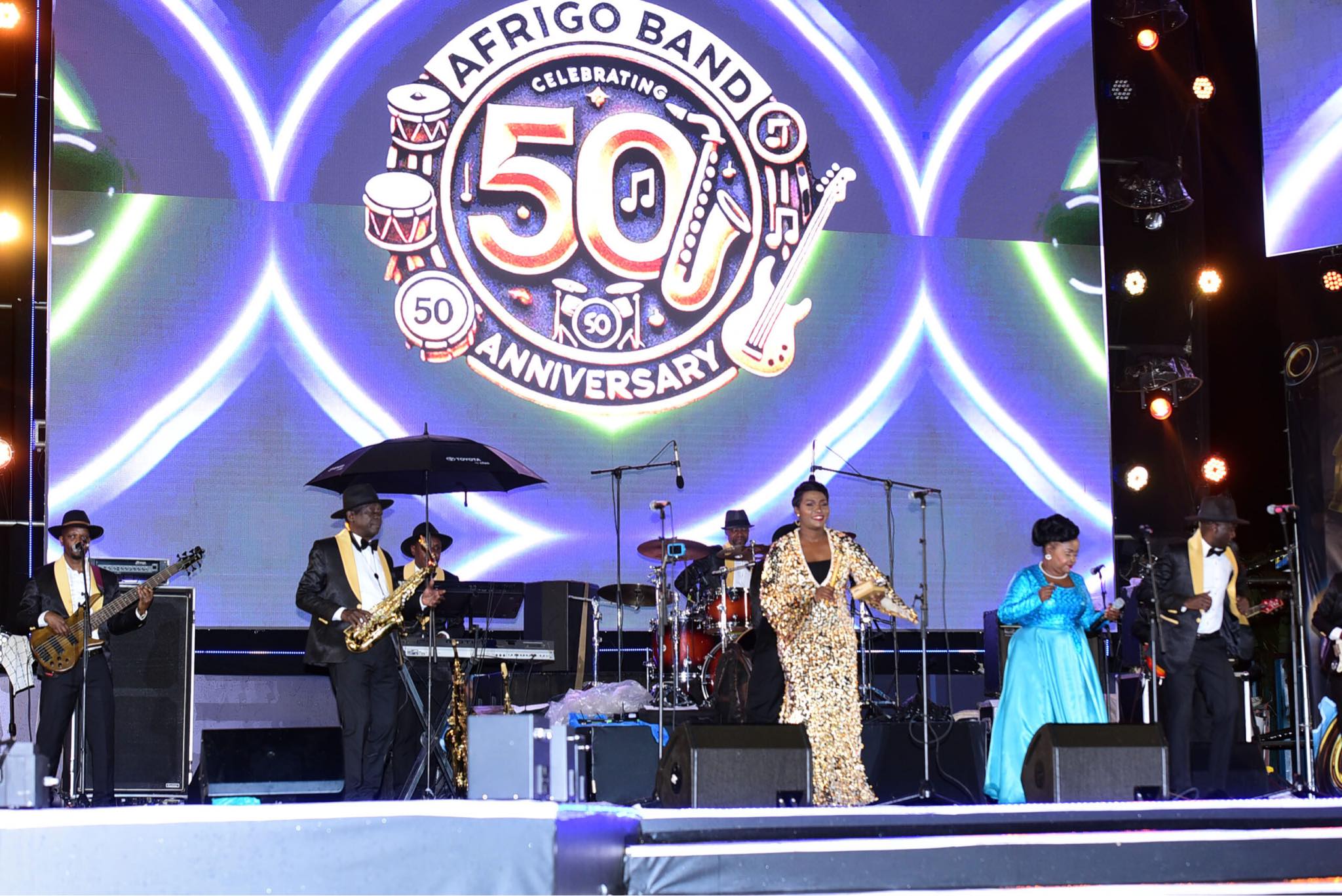By Denis Jjuuko
Mpigi town today is nondescript, a backwater town located approximately 45.8km from Kampala on the Kampala-Masaka highway. The town of almost one street is dominated by small traders, some operating in incomplete buildings or kiosks. A few branches of banks here and there. Generally, nothing much to write home about.
I bet that most frequent users of the highway didn’t even know its location until recently when traffic was diverted through it to pave way for the construction of an interchange or something similar that will connect the Masaka highway to the Kampala-Mpigi Expressway that is currently under construction.
When the Kampala-Mpigi Expressway is complete, the distance from Kampala to Mpigi will reduce to approximately 41.4km. That isn’t much difference in terms of kilometres until you understand the impact the expressway will create.
Today, sometimes, it can take you two hours to cover the distance from Mpigi to Kampala. Other times it can be three hours or more. It is a nightmare. This is one of the busiest highways in Uganda through which the connection to Rwanda, Tanzania, parts of the Democratic Republic of Congo, Burundi and beyond is made thereby facilitating intercountry trade. It is only fitting that an expressway is under construction.
To further decongest this busy highway, the government recently held a ground breaking ceremony for the construction of the Mpigi-Kasanje-Nakawuka-Kisubi road as well as the Nakawuka-Nateete road. People traveling to Entebbe from Masaka or any part of south western Uganda will not have to drive all the way to Busega and join the Kampala-Entebbe Expressway. They can use these roads to connect to Entebbe, thereby shortening the distance and cost it currently requires.
There is also a ferry service on Lake Victoria connecting Entebbe at Nakiwogo to Buwaya near Mpigi.
Although I described Mpigi town in unflattering terms in the opening paragraph of this article, the area surrounding the town is actually very beautiful dotted with well vegetated pristine hills that seem to kiss the sky. Atop these hills, the areas near Mpigi town provide some of the most breathtaking views of Lake Victoria.
If you are a child or an aviation enthusiast, you may even find watching planes land and take off from Entebbe international airport a fascinating pastime.
A few kilometres from Mpigi town is the Mabamba Swamp. If you have never heard of it, you have certainly never found bird watching interesting. If bird watching isn’t your thing, know that many tourists fly in from all over the world to watch the birds at Mabamba. The Mpanga forest range is not far from Mpigi. There is a crocodile farm and another park where people go and take selfies with lions not far from Mpigi. I don’t have to mention the Equator. But decent hotels in Mpigi are as rare as snow in Uganda.
If you have never noticed, Mpigi is the same distance as Entebbe even when using the current Masaka-Mpigi road but because of traffic and congestion and under development, very few people consider Mpigi as a place where they can commute from to Kampala every day. Because of the Kampala-Entebbe Expressway, Entebbe is now so near Kampala taking people a few minutes to reach their destination. Nobody complains anymore if invited to an event in Entebbe. Try organizing an event in Mpigi and you will get many excuses.
That is not going to be the case though once the network of roads under construction is complete making Mpigi the right destination for your investment. Land including that on hills with spectacular views is still relatively affordable in Mpigi compared to many other parts of greater Kampala.
With the Kampala-Mpigi Expressway and the Mpigi-Kisubi road nexus complete, the time one takes to move from Mpigi to Kampala or Entebbe will be drastically reduced. Living in Mpigi and working in the central business district of Kampala or Entebbe will be as easy as pushing somebody who is squatting. A Kampala resident going to party on a beach in Mpigi will not be so difficult to try. The areas surrounding Mpigi town are going to cease being hard to reach areas.
In fact, Katikkiro Charles Peter Mayiga and his team at Bulange are already planning a major housing estate in Mayembe Ga Mbogo on the outskirts of Mpigi town. Many other investors are already in the area with similar plans.
Young people looking for affordable land for their first homes should look no further than Mpigi. Older ones could consider Mpigi as a potential area for their retirement. Investors in hospitality and recreation, farming to feed the ever-increasing Kampala population, housing, and satellite cities, Mpigi could be the next big thing.
However, many people may not still be aware of Mpigi’s potential as a destination for investment. District local governments have commercial officers. They are usually poorly facilitated and yet they should be drivers in promoting the opportunities available. Hopefully, the one of Mpigi could now launch an Invest in Mpigi campaign.
The writer is a communication and visibility consultant. djjuuko@gmail.com

